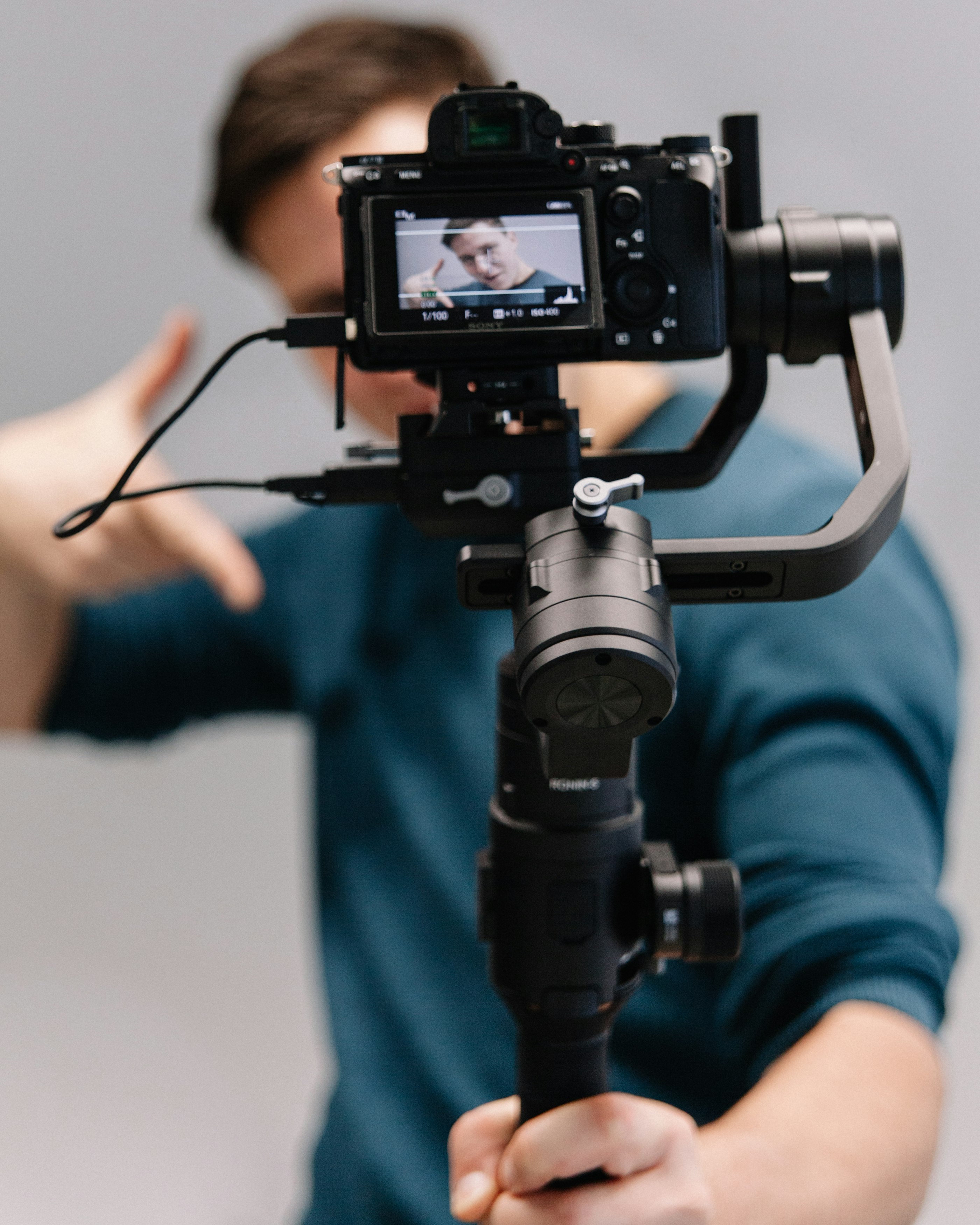ArticleHow to Self Tape at Home
Knowing how to nail the self-tape is one of the biggest factors in successfully building your acting career.

Knowing how to nail the self-tape is one of the biggest factors in successfully building your acting career.
These videos allow you to audition for an enormous amount of roles, expanding the scope of the work you do. And thanks to the internet, you don’t even have to visit any offices.
But not so fast. The self-tape is a great tool for an actor, but only if yours is good.
Self-Tape Set Up
Camera
It is completely possible to film a winning self-tape with your cell phone. Although, it’s recommended to purchase an extra lens that is compatible with your phone model. This will increase the production value and give you more options with focal length.
If you have a DSLR or are willing to buy one, this can really up the video quality. The Canon Rebel series and the Nikon D3500 are good places to start.
You’ll also want to stabilize your camera on a tripod (with some DSLRs, a flat surface at the right height will work in a pinch). These can be purchased for under $20 at your favorite online retailer.
Backdrop
A neutral backdrop is best. This can be a sheet that you hang from the ceiling, just as long as it is a neutral color with no pattern — think grey or blue.
The backdrop needs to allow your face to pop without clashing with what you wear. Make sure to test the backdrop on your camera to find the right color balance.
Lighting
Lighting is one aspect that begins to take a little more technical know-how. Here are the basics: you need one strong light hitting your front, called a key, and a soft source from the side, called a fill.
Tungsten light bulbs with soft boxes from Mount Dog are a highly affordable option with plenty of power, making great keys. In a set of two, you can even point one against a surface so that it will bounce back on you, creating a soft fill.
Microphone
You already know that your voice is a crucial element to your acting and, by extension, your self-tape. Bad audio can vandalize an otherwise great performance.
If you are using your smartphone, there are a few good options for external mics that plug directly into your audio jack or charging port (for iPhone users). Those include the Shure MV88 and the Rode VideoMicro.
DSLR users have a lot more options, from the ubiquitous Blue Yeti to lavalier (clip-on) mics like the Audio-Technica ATR3350.
Off-Screen Reader
Make sure the reader is off-screen and competent. This isn’t their audition, so they don’t need to chew the scenery, just make sure that they’re not distracting from your performance.
What to Do in Your Self-Tape
What are people looking for in your self-tape? The ability to stay in character on screen. That’s really it. You’ll be given a section of script to make the case for your talent — use it!
Your self-tape is the first chance a casting director gets to see if you can actually hold yourself in the moment and keep the character alive from second to second.
There is one other thing that you have to do right: carefully follow all submission guidelines. Most casting directors don’t have the time to comb through every entry and reach out for missing information. Don’t let a little mistake cost you a role.
If you take the time and care to get the right set up and performance, the self-tape will become one of, if not the, most powerful tools for success as an actor.